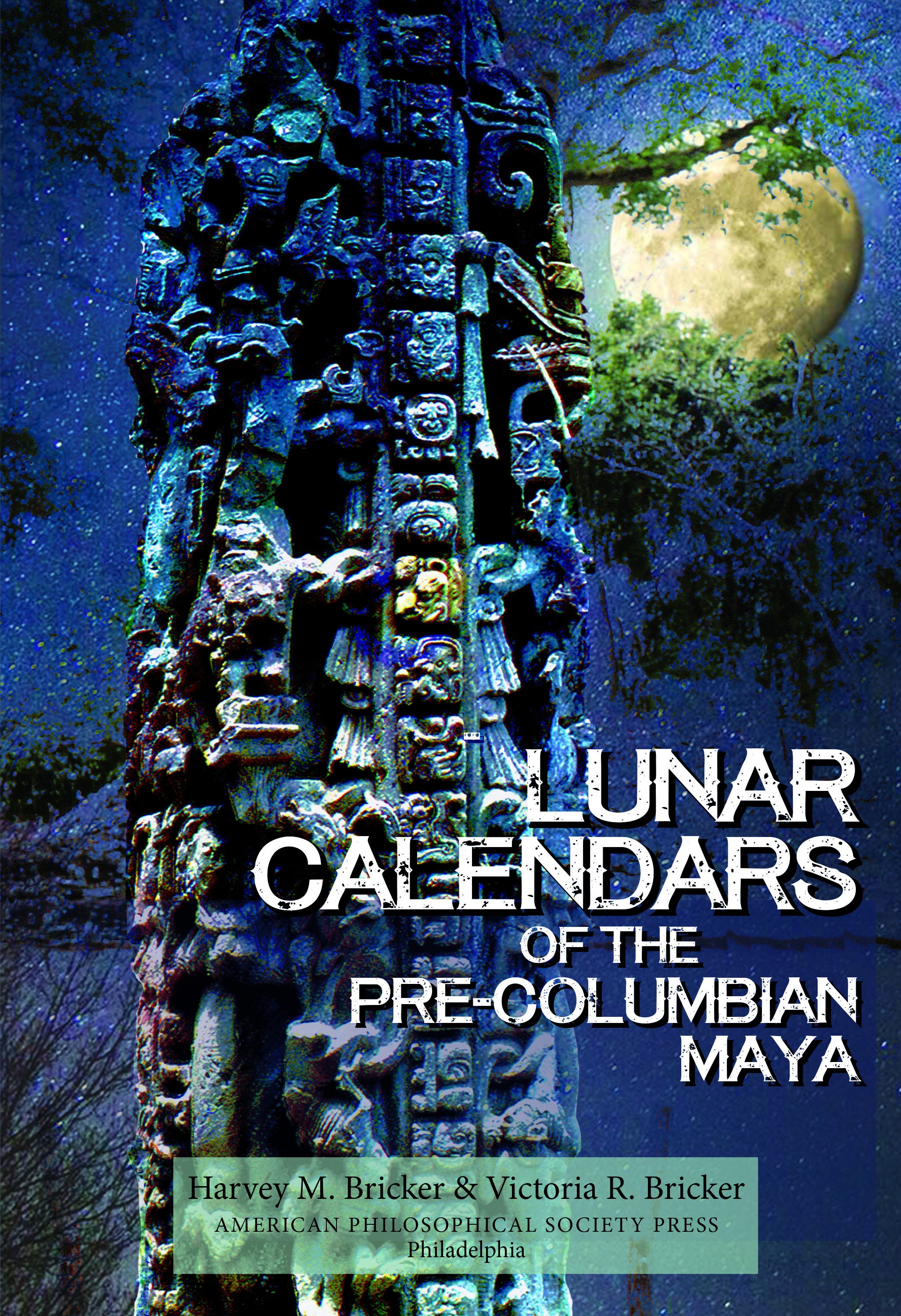Lunar Calendars of the Pre-Columbian Maya

Pre-Columbian Maya interest in the waxing and waning of the Moon is well documented in texts carved on approximately 200 monuments dating to the Classic period (AD 300–900). The lunar content of these inscriptions was first recognized by scholars during the second decade of the twentieth century, but it was not fully understood until the ninth decade of that century. The recent discovery of a lunar table painted on the wall of a small building at Xultun in Guatemala provides the impetus to take another look at the lunar inscriptions on Classic Maya monuments and to evaluate the degree to which the twentieth-century ideas about their structure and function conform to the information provided by the lunar table at Xultun. It also permits us to take a fresh look at how Maya understanding of lunar motion developed through time and din space over the six centuries of the Classic period.
This rare example of interdisciplinary scholarship brings together a deeply penetrating knowledge of positional astronomy and Maya hieroglyphic writing, two highly disparate areas of study, and synthesizes them into a thorough, welcome interpretation of the relationship between astronomical concepts in the Maya codices and monumental inscriptions. Prompted by the recent discovery of the Xultun 10K-2 lunar table, Lunar Calendars is a logical follow-up to work published in 2011 by the Brickers, Astronomy in the Maya Codices (Memoirs of the American Philosophical Society, Volume 265). Breakthroughs include the first plausible account of the meaning of the trimester arrangement of lunar semesters and how they relate to the Lunar Series, as well as a full account of eclipse references on Maya monuments. The rich chapter on the Lunar Series is special in that it includes not only an analysis but also a complete historical account of the subject.
Anthony F. Aveni, Russell Colgate Distinguished University Professor of Astronomy and Anthropology and Native American Studies, Emeritus, Colgate University
This is a comprehensive and well-written study of the Maya lunar calendar, a topic that has not been treated in such detail for over 70 years. The authors include many new ideas and evidence from recent discoveries at Xultun, proposing a number of innovative interpretations about the way lunar calendars were used by the Pre-Columbian Maya, and changes in the patterns over time.
Susan Milbrath, Emeritus Curator of Latin American Art and Architecture, Florida Museum of Natural History, University of Florida
Harvey M. Bricker and Victoria R. Bricker were Professors of Anthropology at Tulane University from 1969 until 2005 and, after retiring from Tulane, Courtesy Professors of Anthropology at the University of Florida and Research Associates of the Florida Museum of Natural History. They co-authored Astronomy in the Maya Codices, a book that was awarded the American Philosophical Society’s John Frederick Lewis Award in 2011. Harvey Bricker (1940–2017) was a Fellow of the American Association for the Advancement of Science and a “Chevalier dans l’Ordre des Palmes Académiques” of France. Victoria Bricker is a member of the American Philosophical Society, elected in 2002. She is also a member of the National Academy of Sciences.
